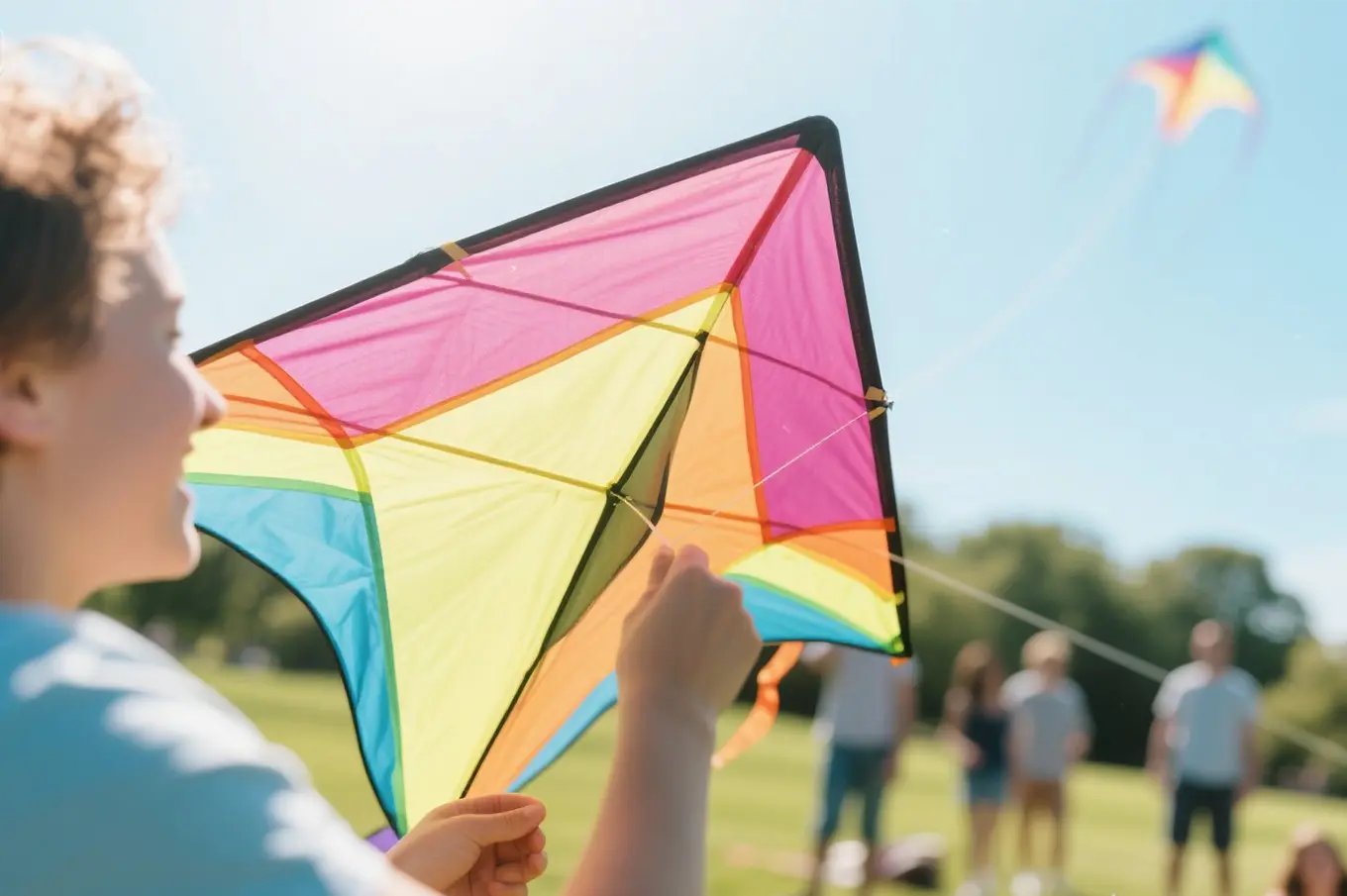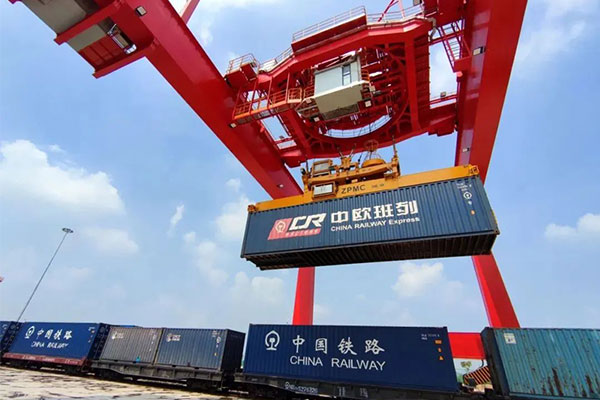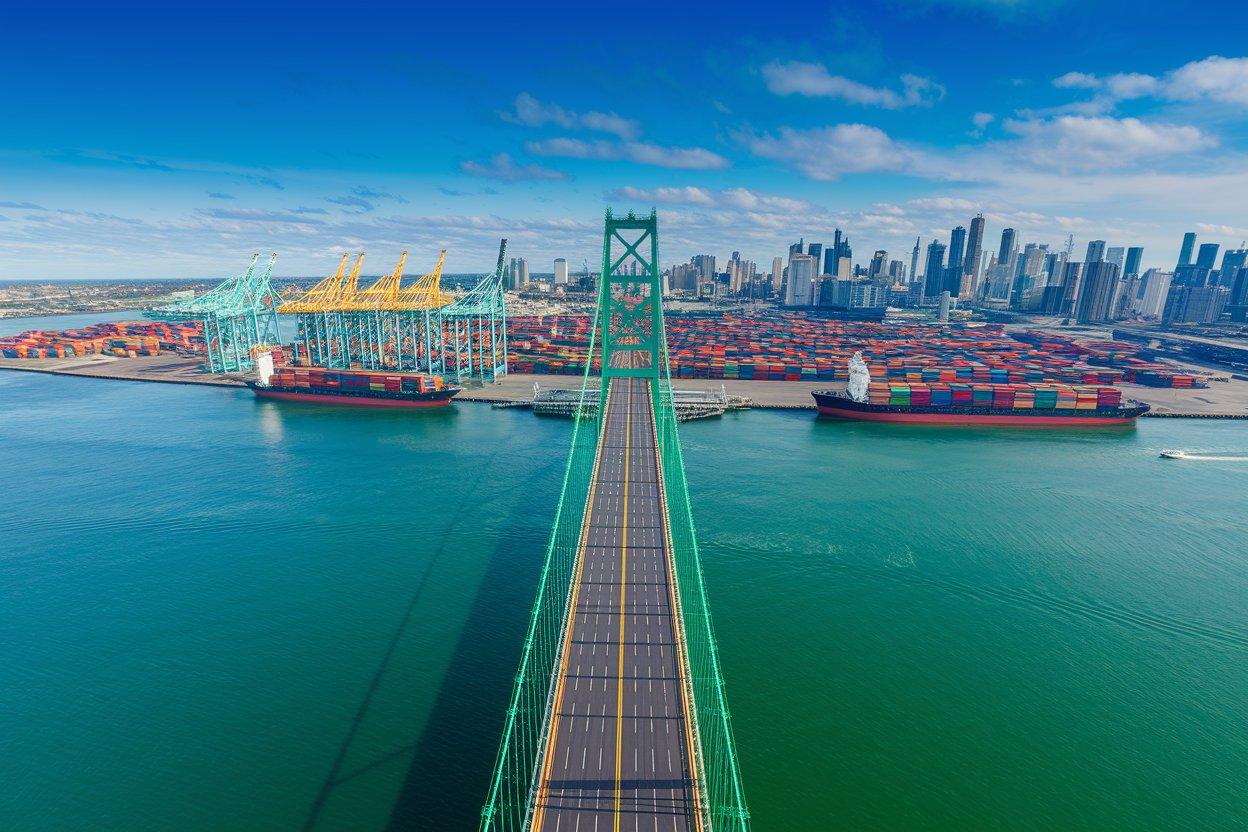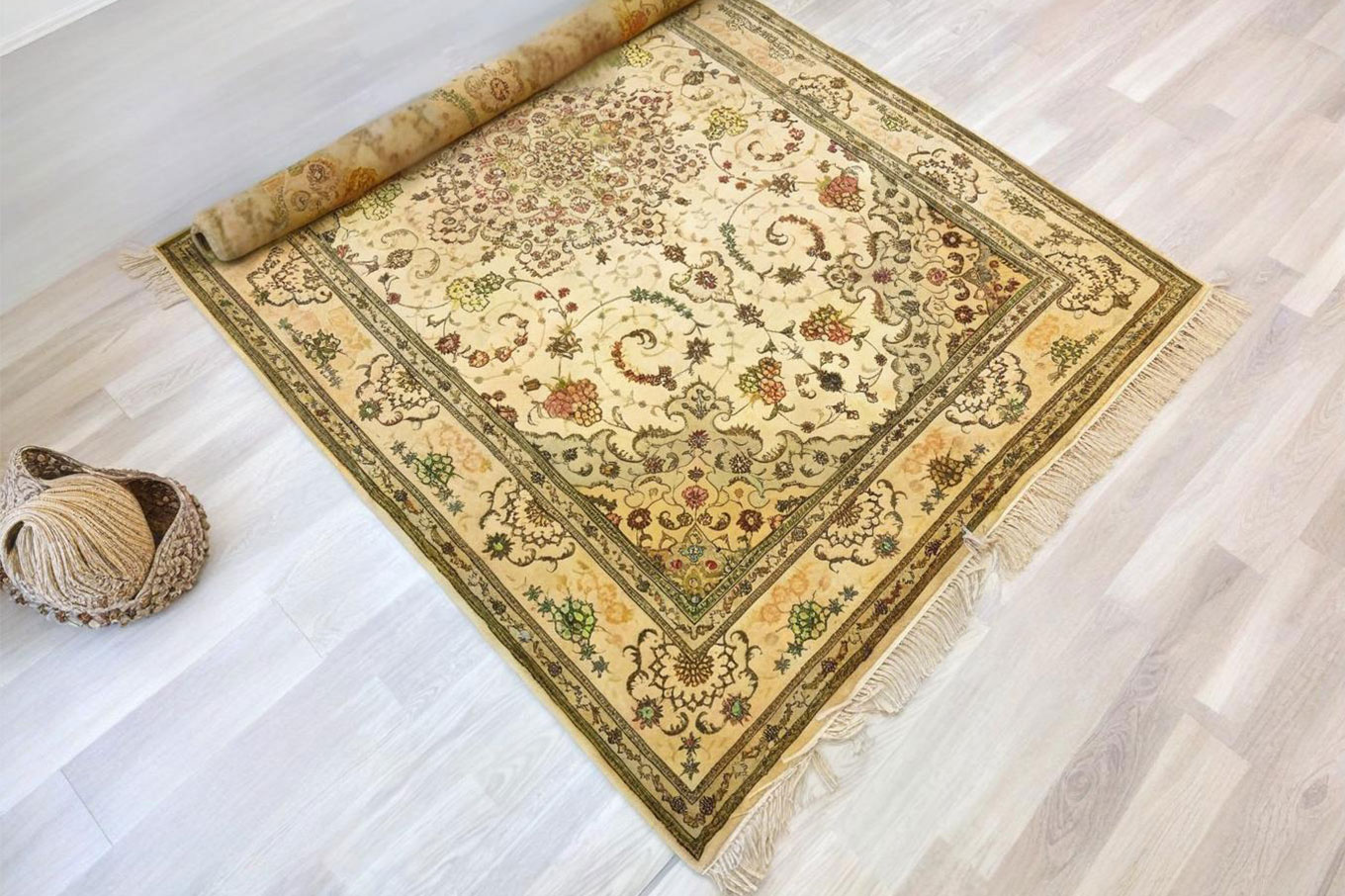- Shanghai Zhongshen International Trade Co., Ltd. - Two decades of trade agency expertise.
- Service Hotline: 139 1787 2118
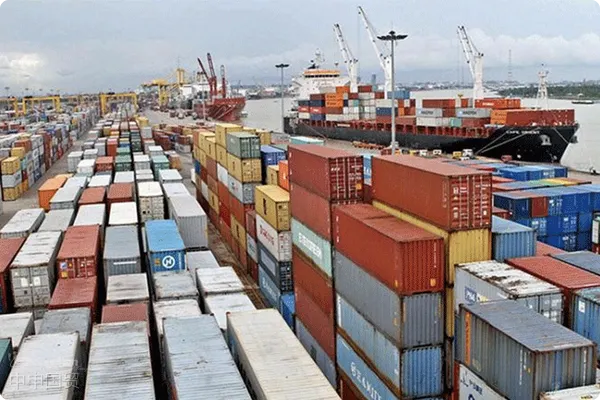
In the context of the globalized trade pattern, Russia, as an important economy, has certain market demands and trade rules in the export of lamps. If you want to export lamps to Russia, you need to understand and follow a series of relevant procedures.
I. Product Certification
1. GOST-R Certification
- This is the Russian national standard certification, which is one of the basic certifications required for lighting fixtures to enter the Russian market. Lighting fixtures must meet Russian standards for safety, electromagnetic compatibility, and other aspects. Manufacturers need to provide detailed technical documentation for the lighting fixtures, including product manuals, circuit diagrams, assembly drawings, etc.
- Testing agencies will conduct tests on various parameters of the lighting fixtures, such as brightness, color temperature, luminous flux, and other optical parameters, as well as electrical safety performance, including insulation resistance and withstand voltage tests. Only lighting products that pass these tests can obtain GOST-R certification.
EAC certification
- EAC certification applies to market access in Russia, Belarus, Kazakhstan, and other countries of the Eurasian Economic Union. The EAC certification for lighting fixtures covers product safety, energy efficiency, and other requirements.
- For the energy efficiency aspect, Russia has clear regulations for lighting fixtures. For example, different types of lighting fixtures (such as incandescent lamps, energy-saving lamps, LED lamps, etc.) have corresponding energy efficiency rating standards. Exported lighting fixtures must comply with these energy efficiency requirements, which helps Russia achieve its goals of energy conservation and environmental protection.
II. Customs Procedures
Preparation of Customs Declaration Documents
- Commercial Invoice: The invoice should detail the name, specifications, quantity, unit price, and total price of the lighting fixtures. The description of the goods on the invoice must be accurate and clear to facilitate customs classification and valuation.
- Bill of Lading: The bill of lading serves as proof of shipment, and the information on it must match the commercial invoice and packing list. For lighting fixture exports, the bill of lading should indicate the packaging method (e.g., carton packaging, wooden case packaging) and shipping marks.
- Packing List: The packing list should detail the quantity and model of lighting fixtures in each package to facilitate customs inspection.
– It is recommended to verify through the following methods:Certificate: If the lamps meet the relevant rules of origin, a certificate of origin can be applied for. Russia may have different tariff treatments for lamps from certain countries and regions. The certificate of origin helps to enjoy preferential tariff policies.
Tariffs and Taxes
- The tariff rates for lighting fixtures vary depending on the type, material, and function of the fixtures. For example, ordinary incandescent bulbs may have significantly different tariff rates compared to high-end smart LED lighting fixtures. Additionally, other taxes such as value-added tax (VAT) may apply. Russias current VAT rate is 20%, and importers must calculate and pay the corresponding tax based on the dutiable value of the goods.
III. Packaging and Labeling Requirements
Packaging
- The packaging for lighting fixtures must be sufficiently sturdy to protect them from damage during transportation. For fragile components, such as glass lampshades, special cushioning materials like foam or bubble wrap should be used.
- The packaging dimensions should comply with international shipping and Russian domestic logistics requirements to facilitate loading, unloading, and storage. Additionally, the packaging should indicate the weight, dimensions, and fragile markings of the lighting fixtures.
Labeling
- The labels on lighting fixtures must include basic product information in Russian, such as the name, model, power, voltage, and usage instructions. The labels should also include the manufacturers or suppliers name, address, and contact details for consumer inquiries. Furthermore, if the lighting fixtures contain special substances (e.g., mercury or other hazardous materials), this must be indicated on the label in accordance with Russian regulations.
IV. Conclusion of Trade Contracts
Clear Terms
- When signing a trade contract with a Russian importer, it is necessary to specify the lighting fixtures specifications, quantity, price, delivery period, payment terms, and other clauses. For quality standards, it should be clarified whether international standards, Russian national standards, or mutually agreed-upon standards apply.
- Payment methods can include T/T (telegraphic transfer), L/C (L/C). If the L/C method is chosen, it is necessary to ensure that the terms of the letter of credit are clear and definite to avoid problems during the presentation of documents and negotiation.
Dispute Resolution
- The contract should specify the method for dispute resolution, such as arbitration or litigation. If arbitration is chosen, the arbitration institution and location must be clearly stated. Russia has its own arbitration institutions, but internationally recognized ones like the ICC International Court of Arbitration can also be selected.
Exporting lamps to Russia requires a comprehensive understanding and compliance with the above - mentioned procedures. From product certification to customs procedures, from packaging and labeling to the conclusion of trade contracts, every link is crucial. Only by making full preparations can lamps be successfully exported to the Russian market to explore new business opportunities.
Related Recommendations
? 2025. All Rights Reserved. Shanghai ICP No. 2023007705-2  PSB Record: Shanghai No.31011502009912
PSB Record: Shanghai No.31011502009912
